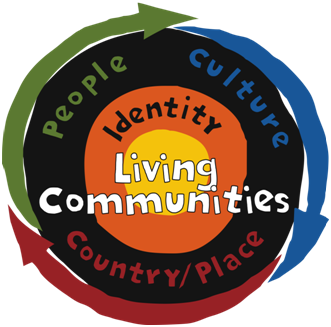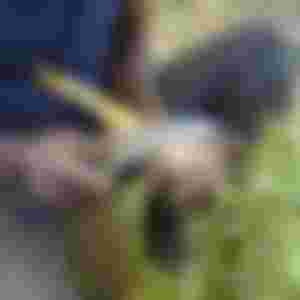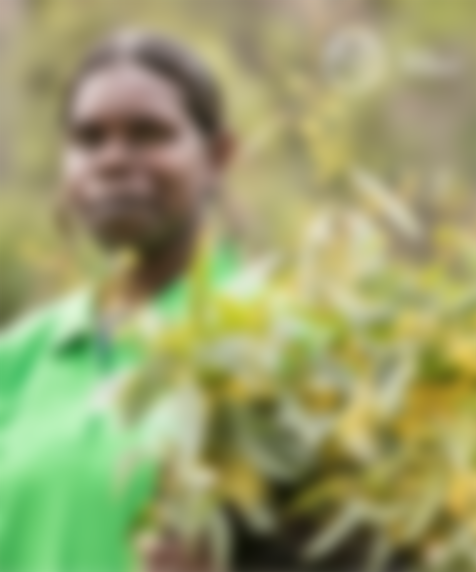History of aboriginals and their relationship with plants...

22,June 2022
Ethnobotany:
Ethnobotany means the study of Botany of the primitive human races, this term was first used by “Hrashberger” in the year 1895 at a lecture in Philadelphia.
Jones (1941) defined as the study of interrelations of primitive man and plants.
Faulks (1958) defined it as total relationship between man and vegetation.
Thus the ethnobotany interpretation varied a lot but now it is understood as:
Total natural relationships of plant kingdom with man or relationships useful to both man and plants.

Scope of Ethnobotany:
• Ethnobotanical data is used by economic botanists to explore new plant resources.
• It is used to get fresh ideas of environment planners.
• Used to select plant species for plantation and drugs development by pharmacologists, phytochemists and clinicians.
• Ethnobotany also involves with the use of microbes, lichens, mosses and other lower plants.
• It is also involved in the identification of food materials from the dissection of human feces proved to be very useful tool to study pre-historic nutrition.
• Ethnobotany is primarily applied botany. Its study has become interdisciplinary study involving archeology, sociology, folklore, mythology, linguistics, literature, forestry, agriculture, medicinal sciences, economics, phyto-chemistry, pharmacology, and veterinary medicines.
• Knowledge of ethnobotany plays important role in community development.
History of Ethnobotany:
The pre- historic man could have used plants as food and medicines. There are documents showing thousands of plant species used as food, medicine, making agricultural tools, and for the purpose of religion documents etc.

The methodology that could have been adopted by these people to get the knowledge on use of these plant species is still debated. The following could be the methods these people could have applied:
• Trial and error method.
• The people could have been treated as guinea pigs and albino rats in the testing of drugs.
Ethnobotany knowledge has passed from generation to generation orally and now disappears with development. Particularly in the 19th and 20th century this knowledge has been threatened due to destruction of many forest areas and affecting tribal cultures.
Though the term ethnobotany was not coined until 1895 by the US botanist William Harshberger, the history of the ethnobotany begins long before that. In A.D.77, the Greek surgeon Dioscorides published “De Materia Medica” which was a catalog of about 600 plants in Mediterranean.
It includes the information on how use the Greeks use the plants especially for medicinal purposes. This illustrated herbal publication contained information on how and when each plant was gathered, whether or not it was poisonous, it’s actual use, or whether or not it is edible.
The “De Historia Stirpium” a publication of Leonhart Fuchs is a catalog of 400 native plants to Germany and Australia.
The 19th century saw a peak of botanical exploration. Alexander von Humboldt collected data from the new world and James Cook’s Voyages brought back collections and information on plants from south pacific. At this time major botanical gardens were started, for instance the Royal Botanical Gardens. Kew Edward Palmer collected artifacts and botanical specimens from people in the North America West and Mexico from the 1860s to 1890s.
Through all of this research, the field of “aboriginal botany” was established the study of all the forms of the vegetable world which aboriginal people use for food, medicine, textiles, ornaments and more.

The first individual to study the emic perspective of the plant world was a German Physician working in Sarajevo at the end of 19th century: Leopard Glueck, His published work on traditional medical uses of plants done by rural people in Bosnia (1896) has to be considered as the first modern ethnobotanical work.
In the beginning ethnobotanical specimens and studies were not very reliable and sometimes not helpful, this is because the botanists and anthropologists did not always collaborate in their work. The botanists focused on identifying species and plants were used instead of concentrating upon how plants fit into people’s lives.
On the other hand anthropologists were interested in the cultural role of plants and do not concentrate on the scientific aspects. In the early 20th century, botanists and anthropologists finally collaborated and the collection of reliable and detailed data began.
Modern Ethnobotany:
In the beginning of 20th century the field of ethnobotany experienced a shift from the raw compilation of data to a greater methodological and conceptual reorientation. This is also the beginning of academic ethnobotany.
The so called father of ethnobotany is “Richard Evans Schultes” even though he did not actually coin the term ethnobotany. Today the practice of ethnobotany requires a variety of skills:
• Botanical training:
For the identification and preservation of plants specimens.
• Anthropological training:
To understand the cultural concepts around the perception of plants.
• Linguistic training:
To transcribe local terms and understand native morphology, syntax, and semantics.
Ethno-medicine:
It is a branch of medical anthropology that deals with the study of traditional medicines, not only those with relevant written sources but also those whose knowledge and practice have been orally transmitted over countries,
The main focus of ethno medical studies is often indigenous perception and use of traditional medicines, discovery and development of drugs such as major pharmaceuticals such as digitoxin, atropine, and morphine have been traced to foxglove, belladonna and opium respectively. Ethnobotanical investigations in this century have led to the development of important drugs such podophyllotoxin the base of important anti-cancer drugs and vinblastine used in treatment of cancer.
Agriculture:
Ethnobotany contributes to an understanding of agriculture in two ways:
1. By revealing ways to create genetically altered plants for human purposes.
2. By describing and explaining the many different ways the same crop can be raised whether for economic gain a desire for sustained yield or other culturally specific purposes.
Ethnobotanical Drug development:
Once the plants have arrived at the company’s research site, processing the plants for medicinal purposes begins. The plants are tagged with information from the field study.
The plants are processed and tested using the state of art laboratory equipment, its main objective is to observe the plant metabolites and determine how relevant they are to the therapeutic areas of interest.
Native American Ethnobotany:
Native Americans were the first people to utilize plants growing in United States. Many of today’s medicines were originally derived from plants known to the Native Americans for their curative value. They determine which species were medicinally helpful from those that were potentially harmful or pharmaceutically useless through curative strength, good degree of experimentation and careful trial and error.
Ethnobotany in Florida:
Many plants provided important sources of food for Native Americans and early settlers in Florida. Important foods plants including fruits, nuts, roots, grains, and greens that varied by habitat, region and time of year. A few examples of important food plants includes fruits from coco-plum (Chrysobalanus icaco), pond apple
(Annona glabra) and Saw palmetto (Serenoa repens) and starch from coontie roots (Zamia pumila). The heart of the cabbage palm (Sabal palmetto) commonly referred as swamp cabbage was still commonly eaten in many rural areas.
Ethnobotanical uses of plants cab be grouped into six main applications:
1. Food
2. Fiber
3. Medicinal
4. Housing/Construction materials.
5. Transportation and
6. Miscellaneous uses (tools, toys, weapons, ceremonial objects etc.)
The majority of Florida’s current population depends on gathering native plants for food has been replaced by commercial agriculture. Native plants that have been developed into significant commercial crops including pecans, blueberries, and muscadine grapes. Citrus which was first introduced by the Spanish during 1500s currently is one of the Florida’s most important commercial commodities.
Fibers from plants were used for many purposes such as rope making, baskets, clothing and other everyday materials. Dyes plays an important role in Native Americans life just as they do in modern time. Dyes were used in coloring textiles’ in craft work and in ceremonies (face paints).
Many dyes can be obtained from natural sources such as plants, animals and minerals. In fact, humans have known about and use of natural dyes since the dawn of civilization. Red iron oxide for example has long been used to color clothes and pottery etc.
The earliest written record of the use of natural dyes was found in china dated 2600BC.Purple dye was made from a mollusk and clothing made from it was so expensive only the royal family could afford it. It was extracted from a small gastropod mollusk found in seas or from a crustacean called Trumpet shell or purple fish, found near the Mediterranean coast.
Their body secreted a deep purple fluid which was harvested by cracking the shell and digging out a vein located near the shell fish head with a small pointed utensil.
Indigo dye is naturally obtained from plants, cochineal is obtained from animals and ocher is obtained from minerals.


